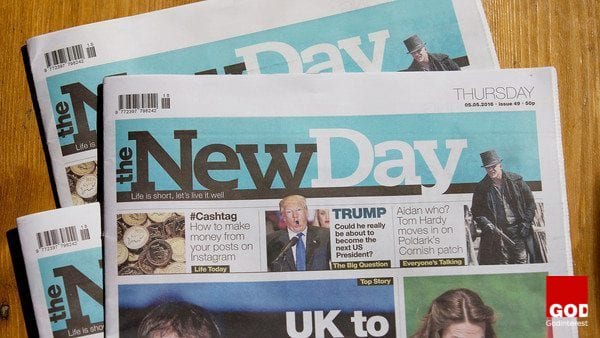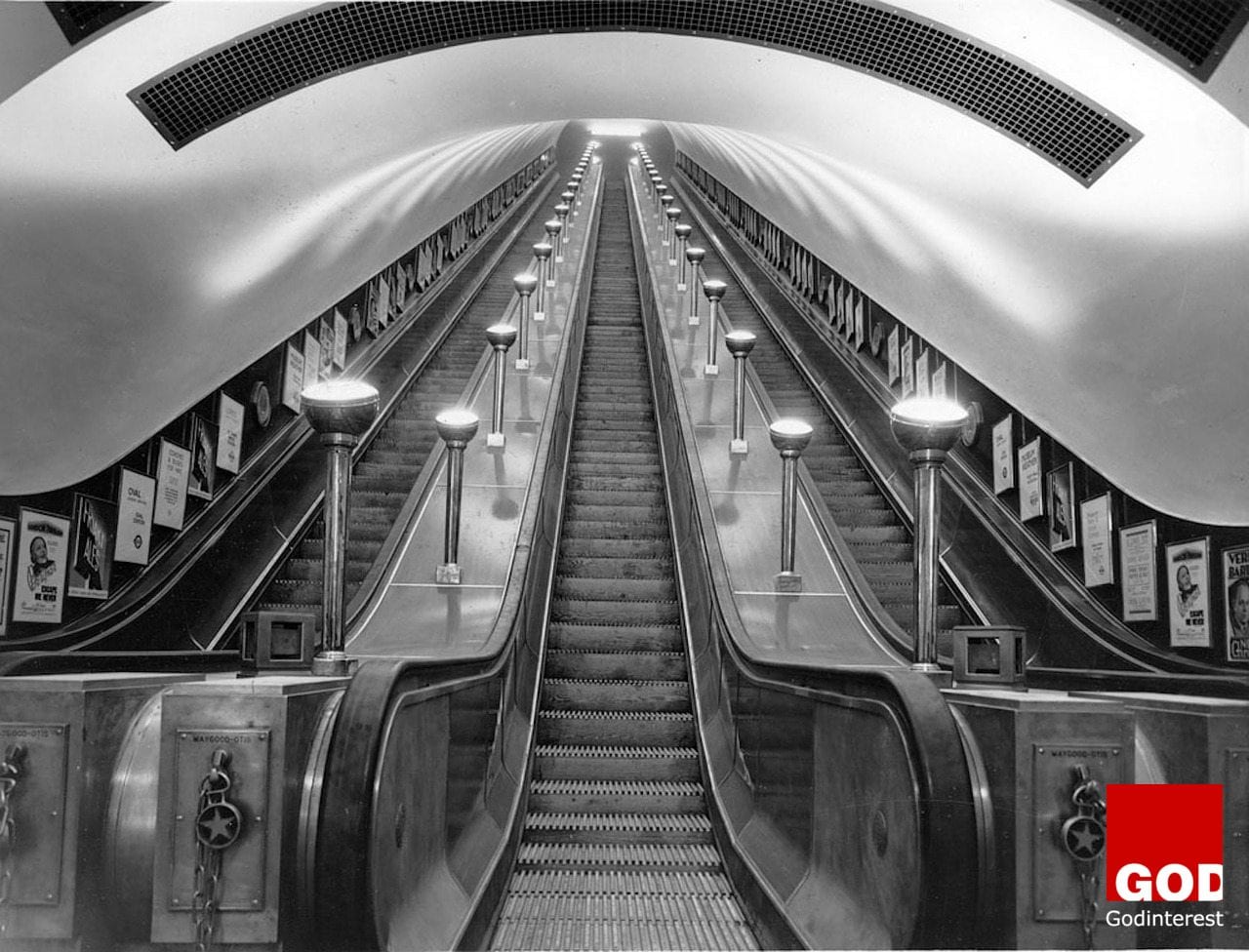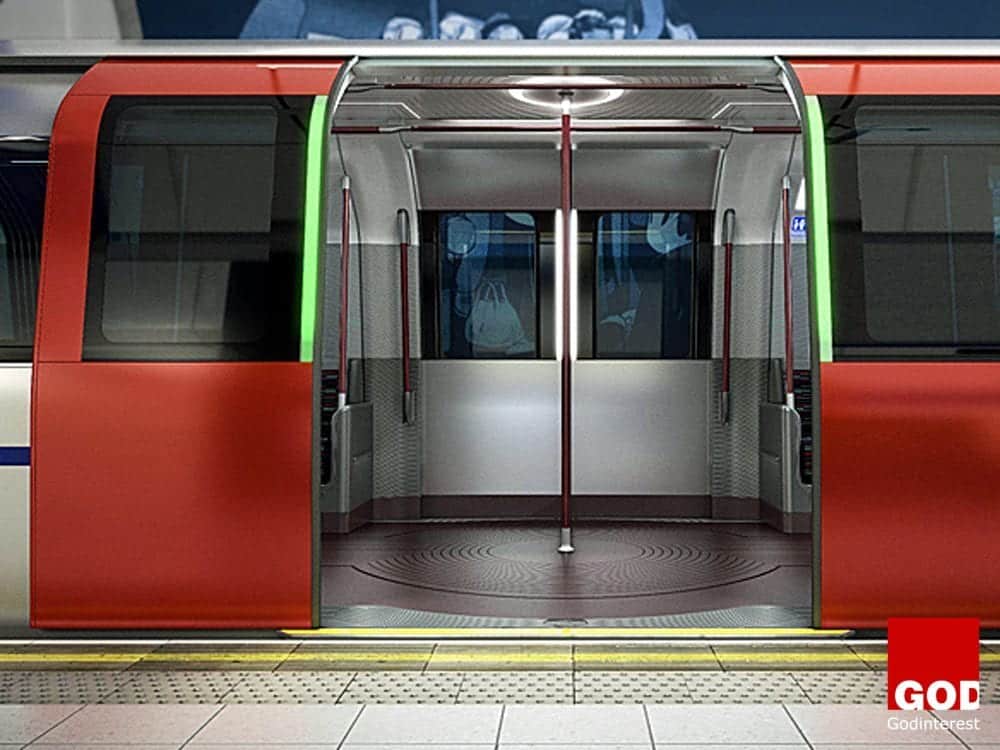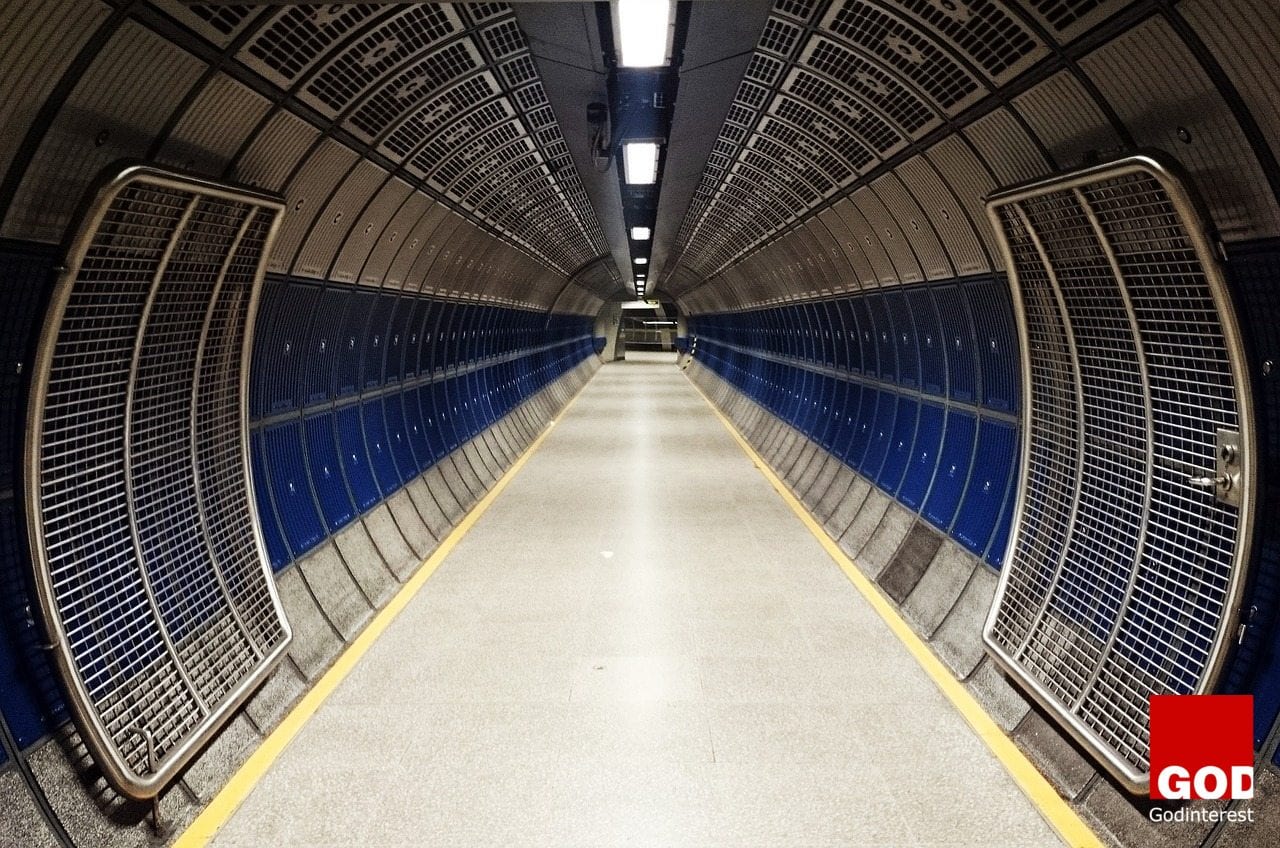Everyone wants to be a success. I have never met anyone who purposely set out to be a failure. Undoubtedly, this is why so much has been written on the topic “How to be a Success” and why these books are so popular.
However, The New Day daily newspaper closed just nine weeks after launching, Trinity Mirror confirms.
The New Day was a British compact daily newspaper published by Trinity Mirror, launched on 29 February 2016. It was aimed at a middle-aged female audience and was politically neutral. The editor, Alison Phillips, intended readers to get through the newspaper in under 30 minutes.
The new paper was initially available for 25p for two weeks, then rising to 50p. Two million copies of the New Day was given away on the first day, as the turquoise-branded upstart attempted to spark a revival in readership and gain ground against the mid-market Mail and Express offline.
Arrogance about their own ability to rescue a situation can prevent leaders from changing course
The New Day had no leading articles, no website, and columnists and believed it could successfully drag readers back to print? The sad truth is that it did not attract enough attention and failed to create a daily newspaper that could co-exist in the digital age, especially as tabloids and broadsheets continue to suffer a significant circulation decline.

Shareholders at Trinity Mirror’s annual meeting called the failure “demoralising”. Analysts said it was “embarrassing”.
Assume for a moment that the leaders of The New Day had no idea about the changes swamping the print media as a result of the digital revolution, and carelessly decided to invest millions into the venture without undertaking a risk assessment and also decided to ignore every indication that the paper was failing. That would have been embarrassing and demoralising.
However, the leaders decided to fail quickly and shut down the project they started.
Abandonment is a rare, difficult and a valuable management skill. The natural instinct of most people is to persist, particularly when the project is a collective commitment, as most corporate ventures are, but then it becomes even harder to hit the red “stop” button.
The New Day’s editor, Alison Phillips, said in a statement posted on Facebook that the team “tried everything we could” but were unable to reach the figures needed to make it work financially.
We dread failure. We don’t like talking about it. Some of us will internalise and rethink our failures in our heads time and time again. Others will swipe them away, moving onto the next thing immediately. In the public, we prefer sweeping our failures under the rug, silently, while nobody is watching.
While this might save our feelings momentarily, this is not the way learn and innovate.

According to Albert Savoia – ex Googler and innovation expert, most project innovations will fail.
“Most New Things Will Fail – Even If They Are Flawlessly Executed.” – Albert Savoia – Ex Googler
Does this mean you should stay away from trying new things (and failing in the process)? Certainly not. It just means you need to accept failure will inevitably be a part of the process.
In most cases, however, a combination of arrogance about personal ability to rescue the situation and blindness to the lengthening odds of success stops leaders from changing course.
The natural lifespan of most projects is finite, and the rarities are companies that survive.
The Art of “strategic Quitting” Will Become More Important as Careers Fragment and Companies Exert More Discipline
So if an idea is doomed, organisations usually treat the person who pulled the plug early on as a hero right? Not exactly, it’s complicated.
Roy Greenslade, Professor of Journalism at City University London, wrote a report in The Guardian explaining how The New Day had failed. He pinpointed the error of marketing a newspaper to people who inherently despise newspapers, and the short period of time between the announcement and launch, leaving no time to advertise the product. It was also published early in the evening thus missing out on late-night breaking news such as Leicester City F.C.’s shock win of the Premier League.
“Nothing so powerfully concentrates a man’s mind on innovation as the knowledge that the present product or service will be abandoned in the foreseeable future.” – Peter Drucker
The first thing the Bible wants to say is that all of us have failed. None is without failure. If you think you haven’t failed, two things are true of you. One is you are blind to your failures and the other is you probably haven’t taken enough risks to try enough hard things so that you would be aware of your failures.
Peter Drucker’s influence on business management is legendary. Peter realised that “systematic abandonment” a regular, unsentimental spring-clean is critical to the fostering of new business ideas.
Conclusion, every organization needs to have a regular “rummage sale” to determine which products, services, and programs are worth keeping and which ones must be abandoned.














